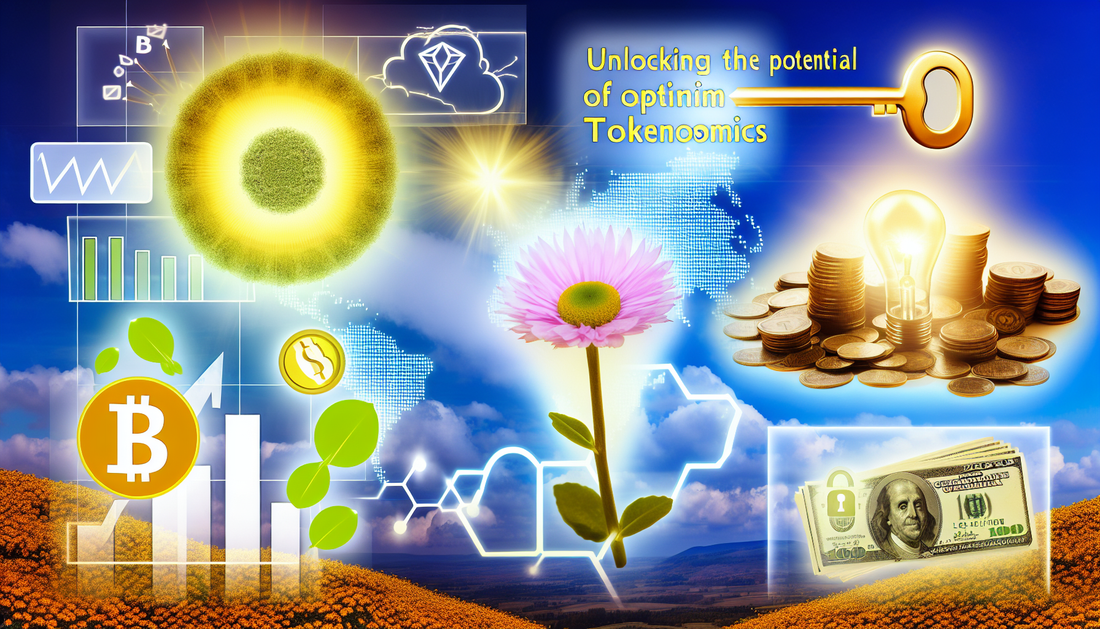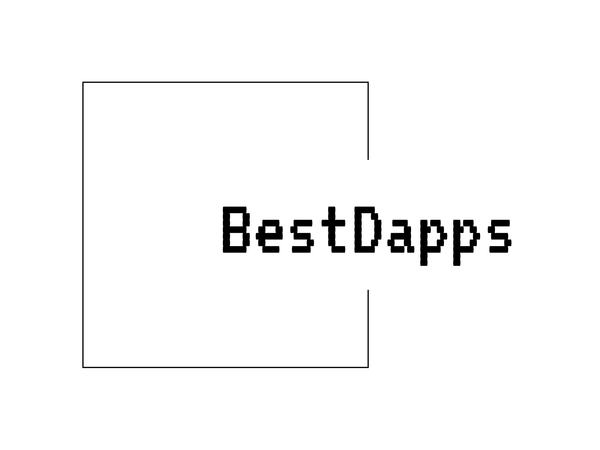
Unlocking the Potential of Optimism Tokenomics
Share
Exploring the Tokenomics of Optimism (OP)
Optimism (OP) is a layer-2 scaling solution for Ethereum, designed to improve the network's scalability while maintaining decentralization and security. A key component of the OP protocol is its native token, OP, which serves various purposes within the ecosystem. Understanding the tokenomics behind Optimism helps to understand its structure and potential utility.
Supply and Distribution
The total supply of OP tokens was initially set at 4.29 billion, with issuance mechanics outlined to govern how tokens enter circulation. Distribution of OP tokens was strategically divided among several key categories, including ecosystem growth, developer incentives, airdrops, investor allocations, and more.
One of the largest portions is reserved for ecosystem growth, aimed at incentivizing developers and attracting projects to build on the Optimism network. The developer community holds a critical role here, as token grants and rewards help bootstrap decentralized applications (dApps) and bolster overall protocol adoption.
Additionally, the OP tokenomics follow a vesting schedule for investors and the core team. This helps prevent immediate circulation of large portions of tokens, ostensibly controlling release rates and protecting the token from sudden fluctuations in supply. Investors and the core development team must adhere to these vesting schedules, which means tokens unlock progressively over designated time periods.
Utility of the OP Token
OP tokens are utilized in several ways within the Optimism ecosystem. Governance is one of the primary functions, giving OP holders the ability to vote on protocol upgrades and policy changes. The Optimism Collective—a two-tier governance structure—grants token holders direct influence over the platform's evolution, meaning community members have a say in the future of scaling technology on Ethereum.
Beyond governance, OP tokens also play an important role in funding public goods. The project steers portions of its token treasury towards financing initiatives aimed at the sustainability of the Ethereum ecosystem. This is part of Optimism’s overarching mission to support open-source solutions that contribute to public infrastructure.
Inflation Mechanism
Inflationary mechanics are built into the OP tokenomics design. OP tokens are expected to be gradually released into circulation as part of incentive programs. However, this inflation is controlled in order to avoid oversupplying the market, and is coupled with community-driven governance to decide on the appropriate rate of issuance. Inflation strategies are carefully calculated to balance rewarding early adopters, developers, and contributors while preventing excessive dilution.
Staking and Future Use Cases
While formal staking functionality is not yet a major part of the OP token model, future upgrades may introduce mechanisms that allow token holders to lock up tokens and gain rewards for participating in network validation or securing infrastructure. The introduction of staking models, if implemented, would further expand the token economy by encouraging long-term holding and engagement.
